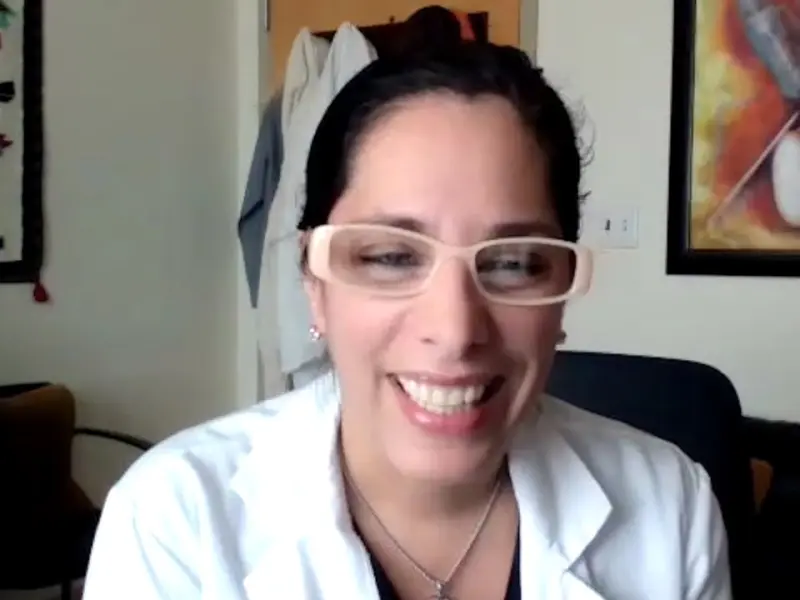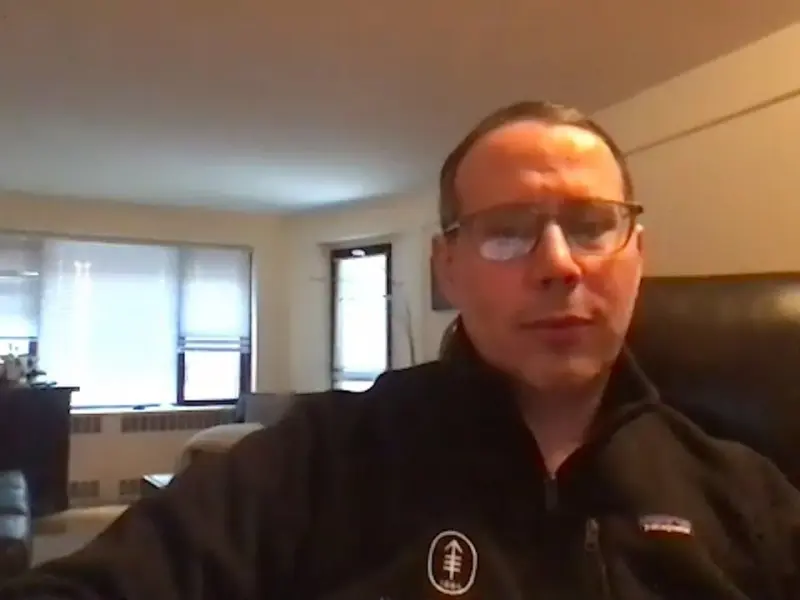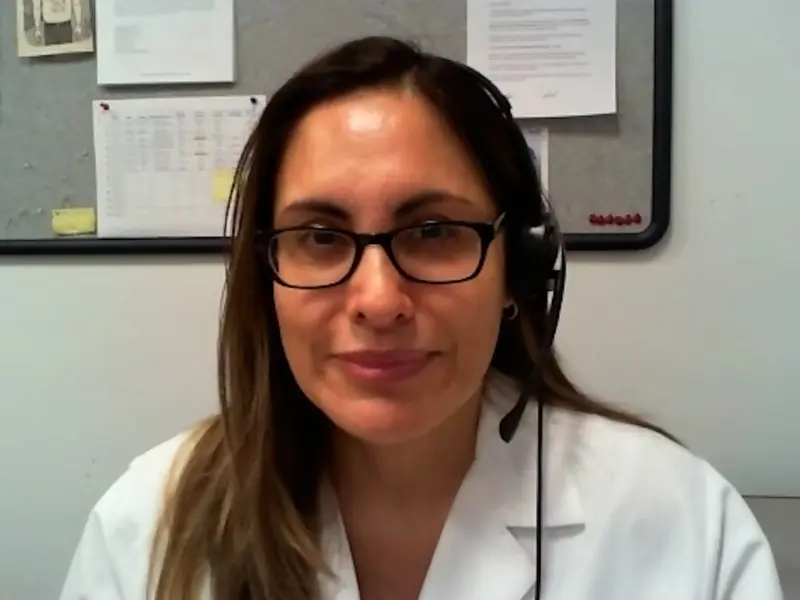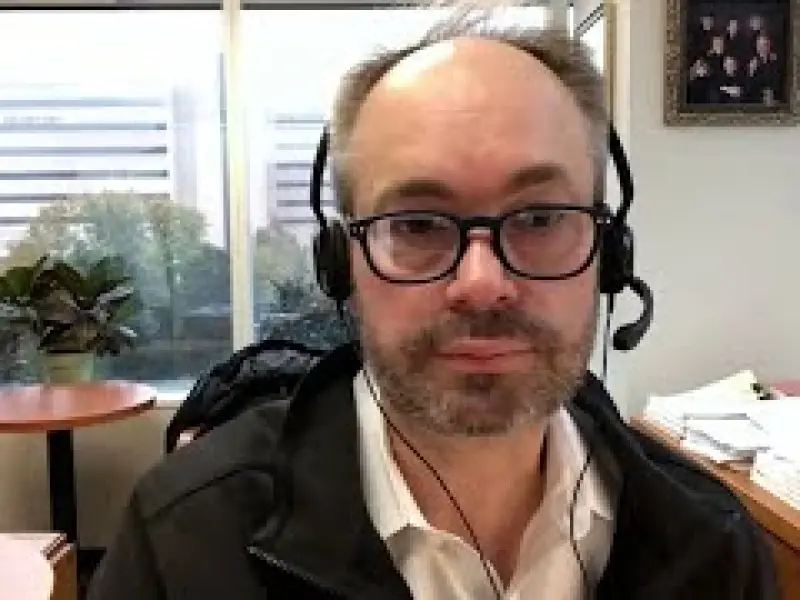Intro for masterclass here to help navigate the exciting content being presented at the 30th European Hematology Association (EHA) Congress, Jun 12–15, 2025, Milan, IT, the Multiple Myeloma Hub Steering Committee have provided their recommendations for the top abstracts to look out for in multiple myeloma and other plasma cell dyscrasias.
Efficacy and safety results
In total, 196 patients were included in the study, of which 113 received belumosudil and 83 BAT, resulting in 358 LOTs (113 belumosudil, 245 BAT). There was a higher median age and number of prior LOTs at baseline in the belumosudil group compared with the BAT group (Table 1).
Table 1. Baseline characteristics for patients in the ROCKreal study*
Characteristic | Belumosudil (LOTs N = 113) | BAT (LOTs N = 245) |
|---|
Median age at LOT start, years | 63.1 | 55.2 |
Male, % | 58.0 | 59.0 |
Median number of prior LOTs | 3 | 2 |
Median number of organs involved at LOT start | 3 | 3 |
PBSCs graft source | 94.0 | 90.0 |
Conditioning regimen | | |
RIC/non-myeloablative | 62.0 | 53.0 |
Myeloablative | 38.0 | 47.0 |
Prior cGvHD therapies | | |
ECP | 34.0 | 26.0 |
Ruxolitinib | 68.0 | 36.0 |
Ibrutinib | 24.0 | 20.0 |
BAT, best available therapy; cGvHD, chronic graft-versus-host disease; ECP, extracorporeal photopheresis; LOT, line of therapy; PBSC, peripheral blood stem cell; RIC, reduced-intensity conditioning.
*Adapted from Waller.2 |
Efficacy
More patients treated with belumosudil achieved the primary endpoint of overall response at 6 months (Figure 2) compared with those who received BAT (38.7% vs 26.8%; p = 0.040).






